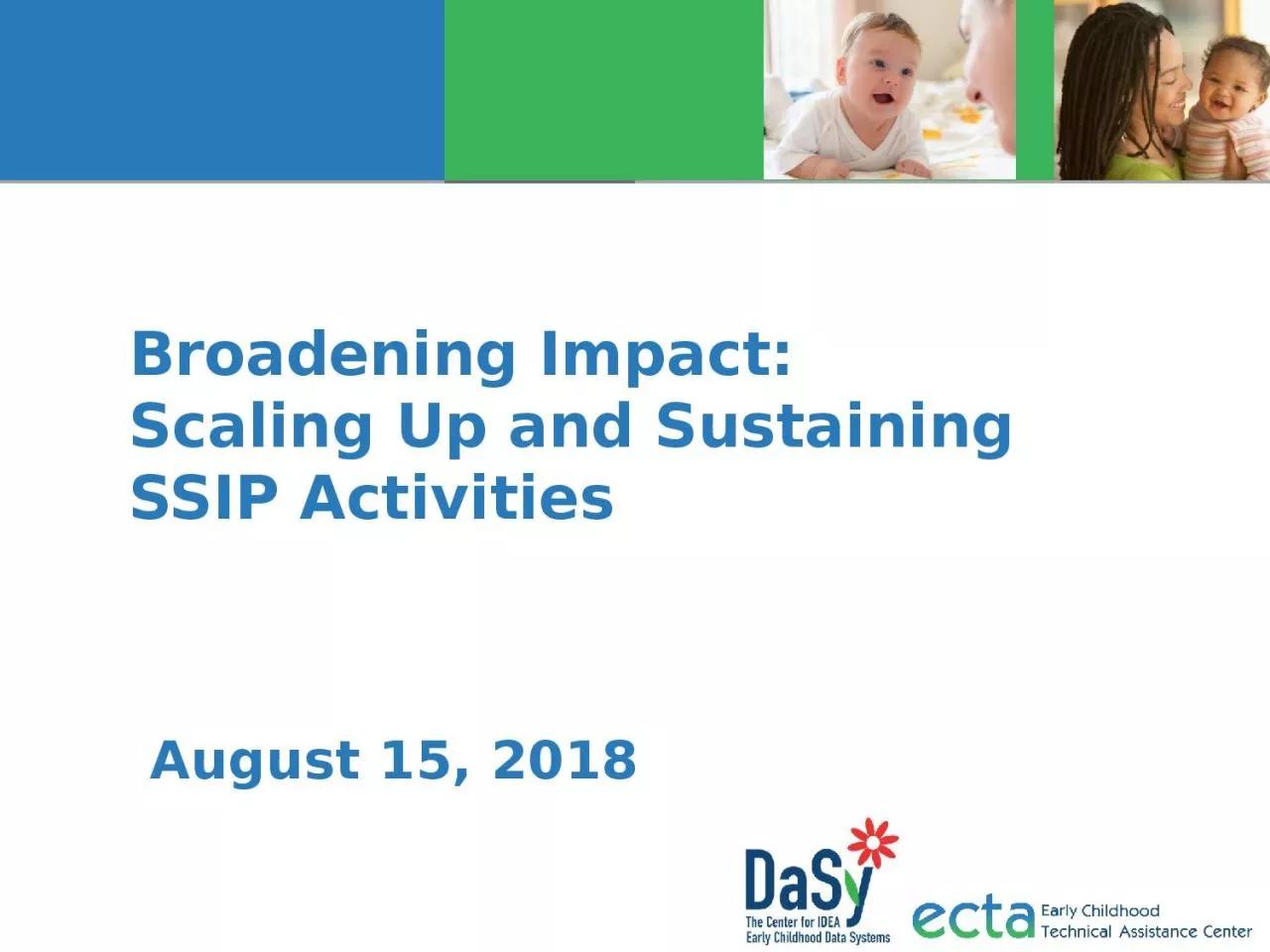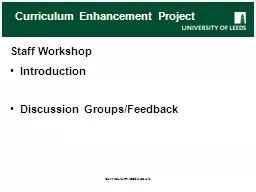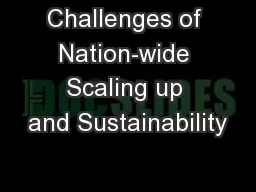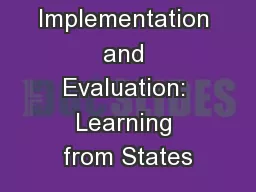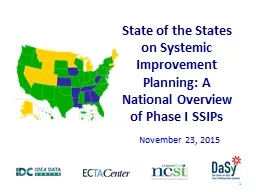PPT-Broadening Impact: Scaling Up and Sustaining SSIP Activities
Author : alone2cute | Published Date : 2020-08-29
August 15 2018 2 Session Objectives Learn background information about why it is important to focus on scaling up and sustaining SSIP Learn about implementation
Presentation Embed Code
Download Presentation
Download Presentation The PPT/PDF document "Broadening Impact: Scaling Up and Sustai..." is the property of its rightful owner. Permission is granted to download and print the materials on this website for personal, non-commercial use only, and to display it on your personal computer provided you do not modify the materials and that you retain all copyright notices contained in the materials. By downloading content from our website, you accept the terms of this agreement.
Broadening Impact: Scaling Up and Sustaining SSIP Activities: Transcript
Download Rules Of Document
"Broadening Impact: Scaling Up and Sustaining SSIP Activities"The content belongs to its owner. You may download and print it for personal use, without modification, and keep all copyright notices. By downloading, you agree to these terms.
Related Documents

